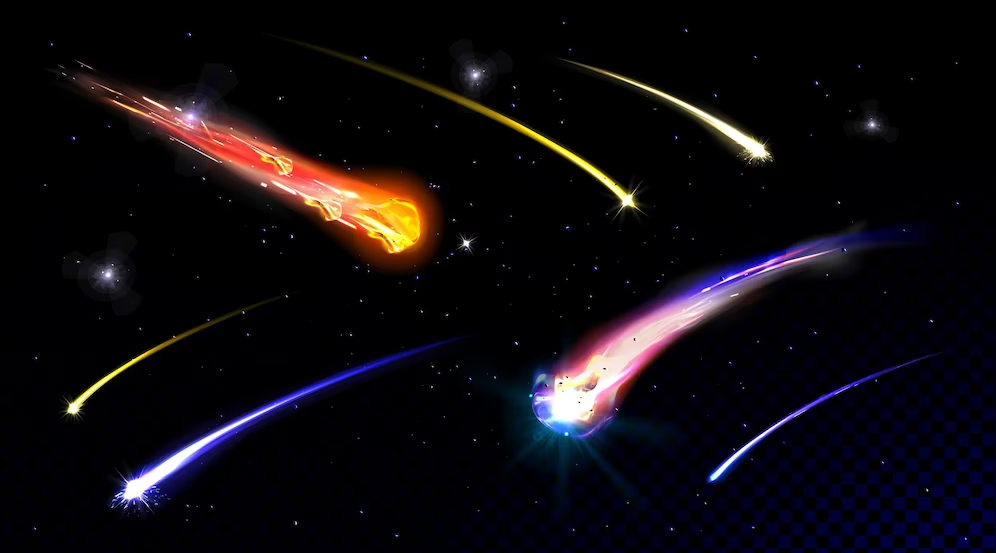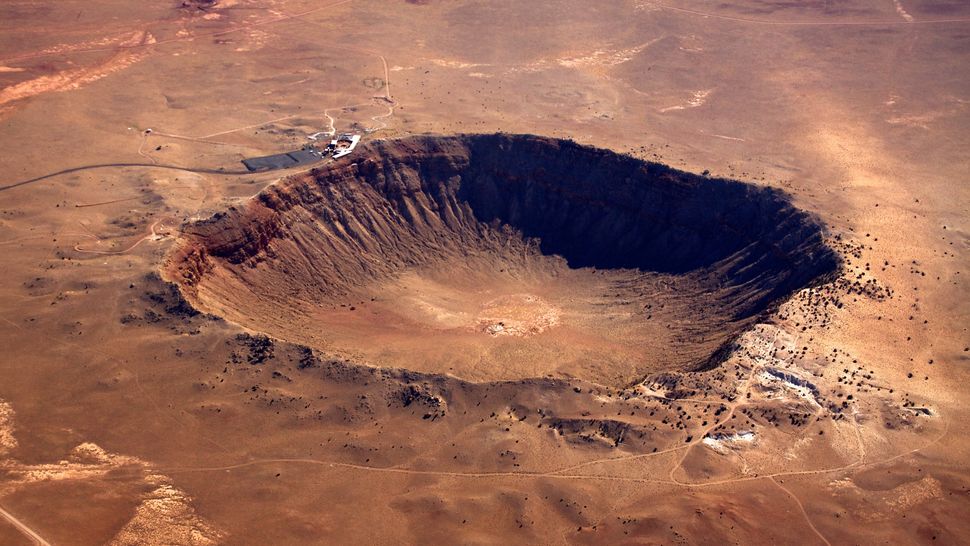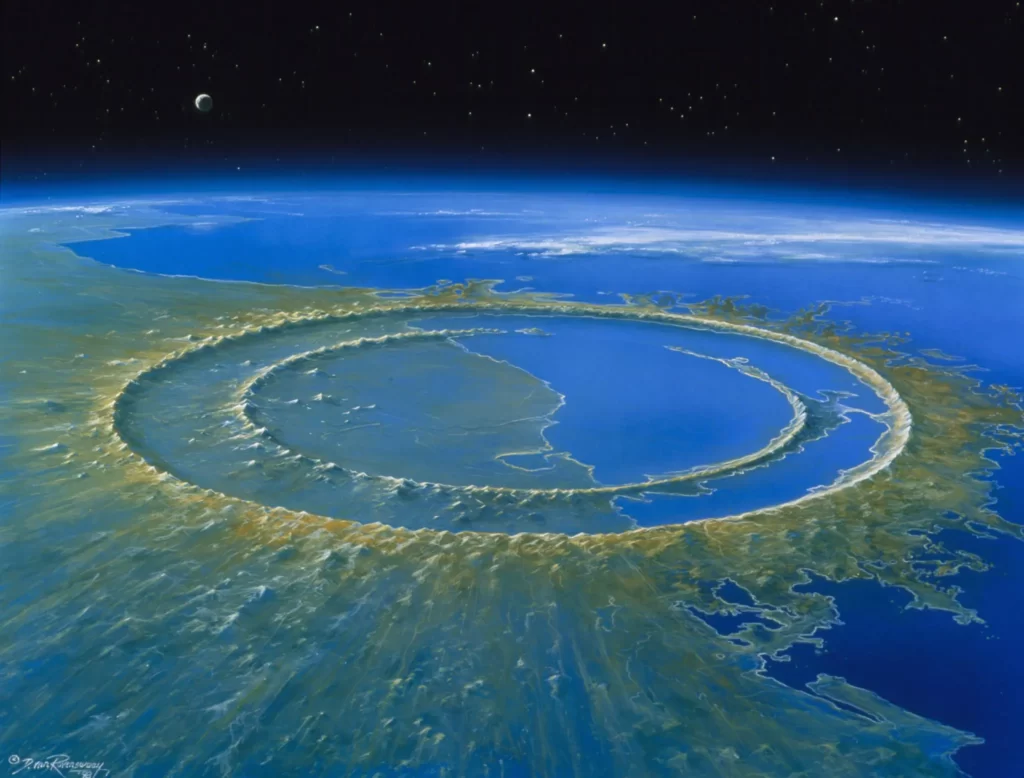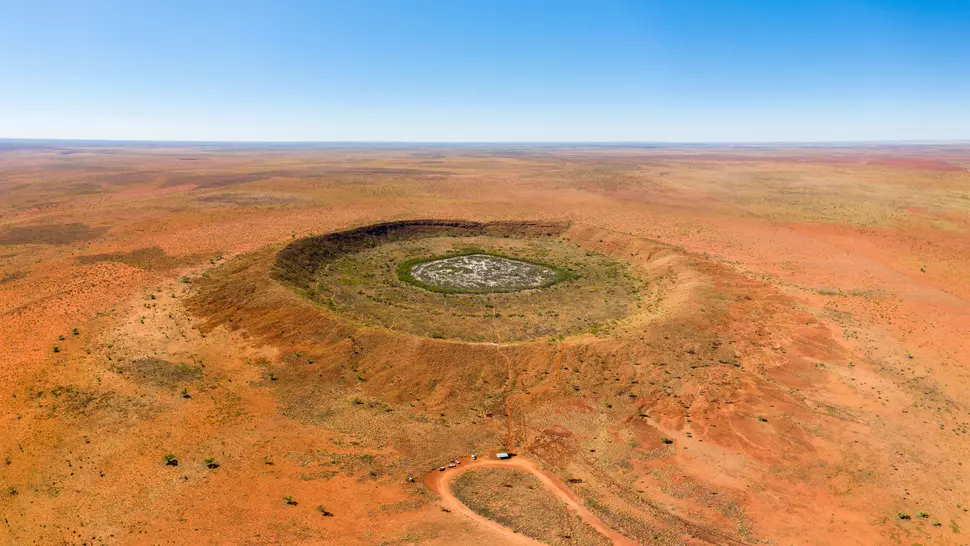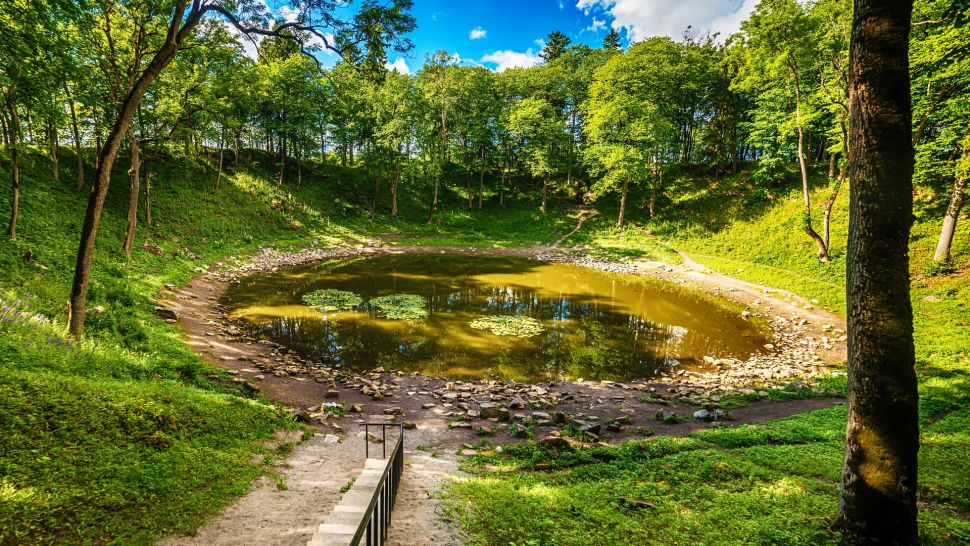Impact craters are geological features that result from the high-velocity collision of a space object, such as a meteoroid, asteroid, or comet, with the surface of a planet or moon. These collisions release an immense amount of energy, causing significant excavation and modification of the landscape.
(Image credit: Chris Saulit via Getty Images)
Location: Western Australia
Size: About 875 meters (0.54 miles) wide
Age: Estimated to be less than 300,000 years old
Interesting Fact: It’s one of the most well-preserved meteorite craters on Earth’s surface.
(Image credit: Matt Deakin via Getty Images)
(Image credit: Krivinis via Getty Images)
(Image credit: Lothar Theobald via Getty Images)
Impact craters are crucial for scientific study as they offer insights into planetary history, geology, and cosmic processes. By analyzing their size, shape, and distribution, scientists can reconstruct the impact history of celestial bodies, including Earth.
These craters hold evidence of past environmental consequences, helping understand how impacts shaped atmospheres, climates, and ecosystems. The materials created during impacts provide information about celestial body composition.
Moreover, impact research is vital for planetary defense, assessing the threat of near-Earth objects. Craters on other worlds serve as laboratories for space exploration, astrobiology, and resource utilization.
Moreover, impact research is vital for planetary defense, assessing the threat of near-Earth objects. Craters on other worlds serve as laboratories for space exploration, astrobiology, and resource utilization.
Moreover, impact research is vital for planetary defense, assessing the threat of near-Earth objects. Craters on other worlds serve as laboratories for space exploration, astrobiology, and resource utilization.
